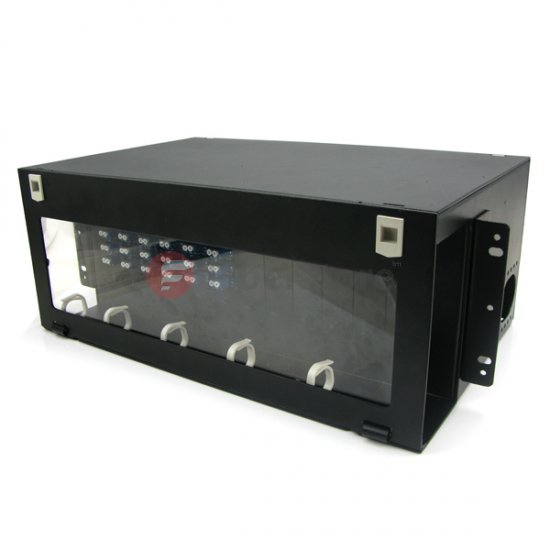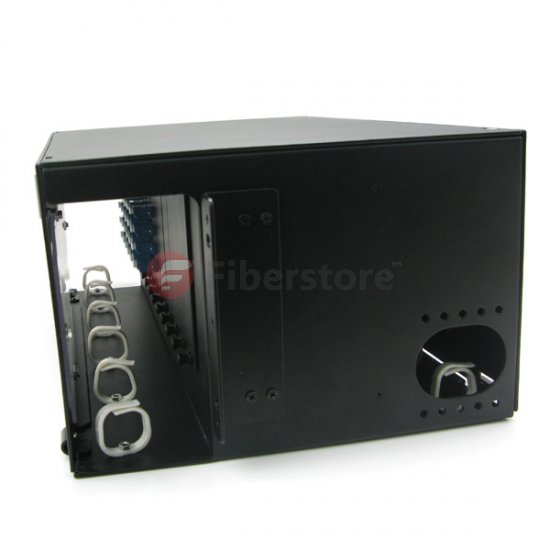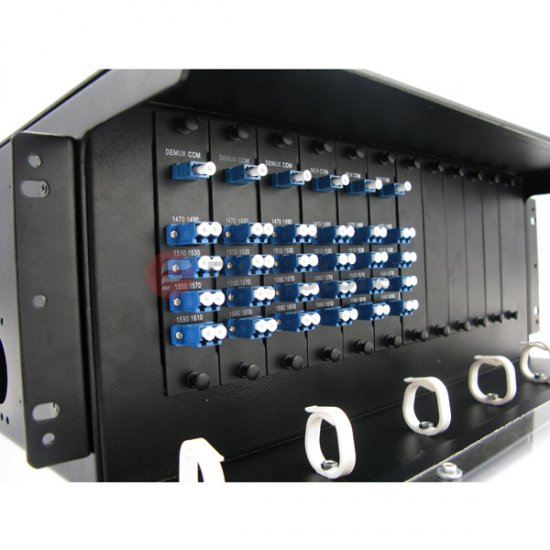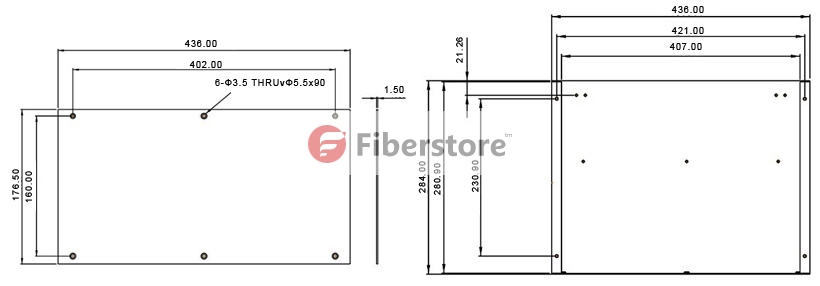The difference between optical fiber jumper and fiber optic pigtail
Optical fiber jumper is a fiber optic cable with optical fiber connector plugs on both ends. Fiber optic jumpers are divided into the following three types by termination type basically: ST-ST, SC-SC, ST-SC. According to the optical fiber type, they mainly include single-mode fiber and multimode fiber. The specifications of the jumper wire length are 0.5m, 1m, 2m, 3m, 5m, 10m and so on.

Different from optical fiber jumper, fiber optic pigtail is a fiber cable end with fiber optic connectors at only one side of the cable while leave the other side no connectors, so that the connector side can link to the equipment and the other side can be melted with optical cable fibers.

Optical fiber pigtails are used to achieve accurate mounting for precision alignment of fiber optical components. Fiber optic pigtails are usually used with fiber optic management equipment like ODF, splice and cross cabinets. They connect different optical fiber communication equipment and system activity in passive components. With optical fiber distribution frames, boxes, terminal box, Optical fiber pigtails can realize welding of different direction of fiber optic cable, fiber jumper and flexible wiring of distribution, so as to realize the optical fiber communication network of highly efficient and flexible management.
Models of optical fiber jumper and fiber optic pigtail
Fiber optic jumper and fiber optic pigtail are all named on FC/ST/SC/LC/MTRJ/PC/APC/UPC. They stand for the physical interface connection on both ends, different connections with different models.
FC is the circular spiral
ST is circular bayonet 45 degrees
SC is a square socket
LC and MTRJ are small core plug connection
PC is spherical structure
APC is 8 degrees inclined structure
UPC is flat structure
How to calculate the amount of optical fiber jumper and fiber optic pigtail that you need?
Firstly, make it clear that how many cable routings and optical transceiver you have. That is to say, each routing needs to occupy the number of optical fiber.
Secondly, make sure how many optical fiber you need to reserve.
Thirdly, calculate your total number = optical fiber number + back up number, fiber splice = total number * 2, fiber optic pigtail you need = fiber splice you need, optical fiber jumper = optical transceiver * 2 + backups.
The selection and calculation of fiber optical jumper and fiber optical pigtail are involving professional knowledge. If you want to know more about them, you can contact our civil service in FiberStore, who will give you more details.







